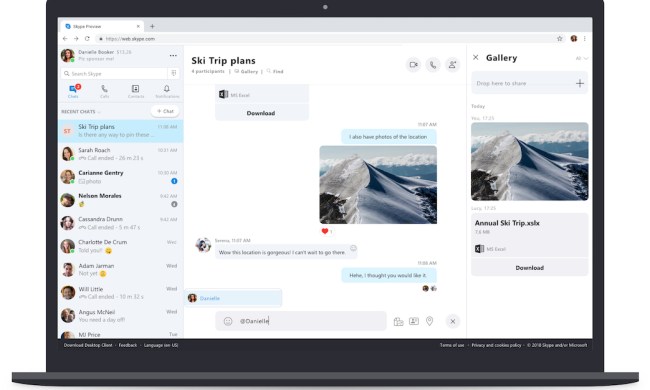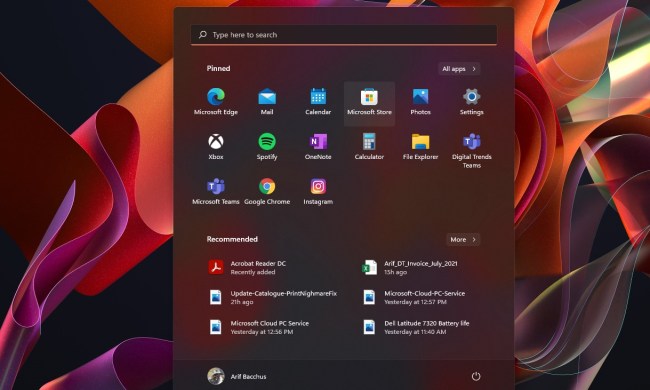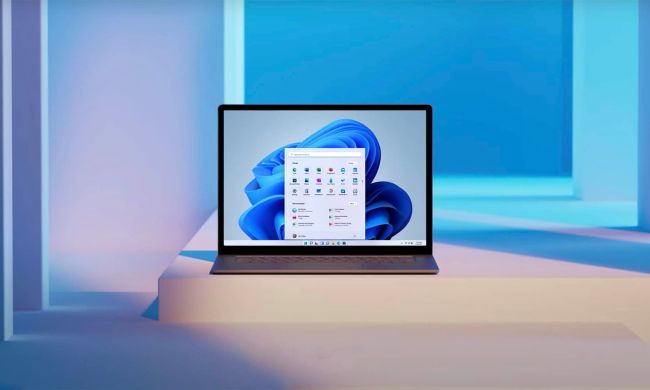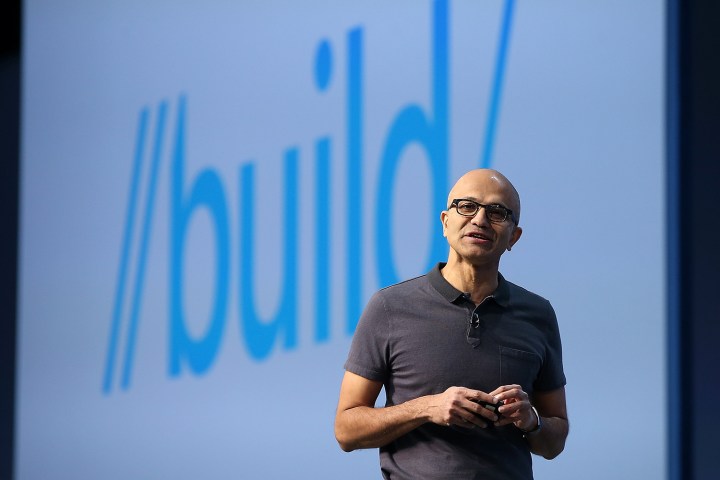
Microsoft Build, an annual conference for developers, will begin on May 7, 2018 and run through May 9. It’s the company’s largest event of the year, hosting over 6,000 developers, but it’s not necessarily the most interesting for fans and tech nerds. This is the gig where a sweaty Steve Ballmer famously chanted “developers, DEVELOPERS, DEVELOPERS!” until he seemed on the verge of tears.
What that means, put simply, is you shouldn’t expect any big news about Windows, Surface, or other products that cater to home users. That’s particularly true this year. In the past, Microsoft has sometimes shown big new features of upcoming Windows releases – but a big patch just released. We’ll likely see hints at what the next Windows patch looks like, but don’t expect anything concrete.
Don’t expect Surface devices
As for Surface?
Microsoft has never made a major Surface product announcement at Build, so it likely won’t start this year. The Surface Pro and Surface Book 2 are still competitive, so we likely won’t see an update for either until fall of this year.
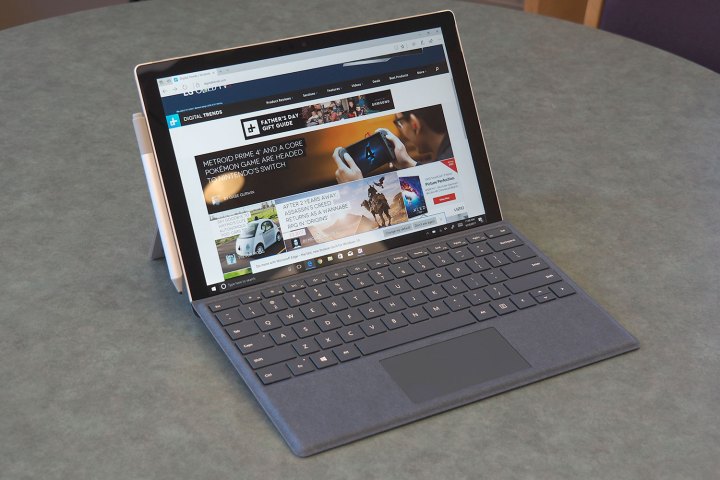
It’s not inconceivable to think Microsoft would tease a new Surface device at the conference. Build wouldn’t be a bad place to briefly talk about the long-rumored Surface Phone, foor example, because developers will be interested in it and how to code for it. And details about the phone were just uncovered in Windows 10 code…
Still, that’s a stretch. Build is a hardcore developer conference, and single tickets start at $2,500. Devoting time to a device that doesn’t necessarily impact how developers code for Microsoft products might make the attendees rather cross.
Do expect coding
There are two keynotes planned for Microsoft Build. The first is on May 7, the second is on May 8, and both start at 8:30 a.m. Pacific time. The keynotes can be intriguing, as Microsoft often uses them to demonstrate cutting-edge technology or near-future concepts. Just be prepared to sit through coding. Yep. Live coding. On stage.

This coding sessions have infamously become a sore point for tech journalists and Microsoft superfans. Each group would rather see hot new features than watch someone de-bug using the latest version of Visual Studio. Build isn’t for either group. Build is for developers, and developers want to see how a new feature will change the way they work.
While drab, the coding sessions can be insightful. They offer a surprisingly deep look at how Microsoft, and its software, operates. That’s not something you’ll find at Facebook F8 and Google I/O keynotes, both of which are more traditional press conferences. Here’s how to watch the day one keynote live.
Get ready to get nerdy
What this all means, in sum, is you’ll need to get nerdy. Real nerdy. Build can be a spectacle; Microsoft isn’t shy about placing bold demos on stage. At its heart, though, it’s for developers, developers, developers. You’ll learn where the company is going, and what its engineers think the future will look like – not when your next Surface will hit store shelves.
